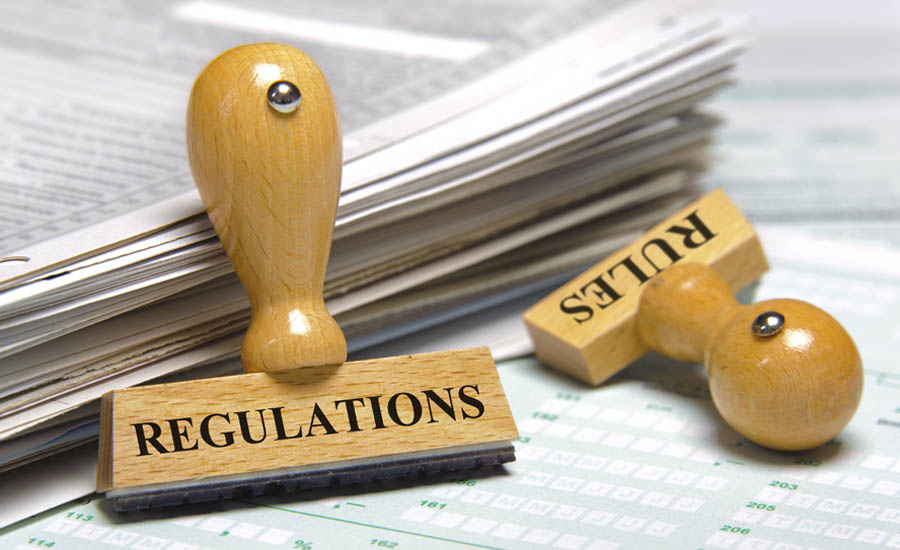In a major regulatory action, President Obama yesterday announced a sweeping new clean water regulation which is intended to protect streams and wetlands from pollution and degradation.
“One in three Americans now gets drinking water from streams lacking clear protection, and businesses and industries that depend on clean water face uncertainty and delay, which costs our economy every day,” said the president. “Too many of our waters have been left vulnerable to pollution. With today’s rule, we take another step towards protecting the waters that belong to all of us.”
Said EPA Administrator Gina McCarthy: “Protecting our water sources is a critical component of adapting to climate change impacts like drought, sea level rise, stronger storms, and warmer temperatures – which is why EPA and the Army have finalized the Clean Water Rule to protect these important waters, so we can strengthen our economy and provide certainty to American businesses.”
According to a statement released by the EPA, the Clean Water Rule:
"Clearly defines and protects tributaries that impact the health of downstream waters. The Clean Water Act protects navigable waterways and their tributaries. The rule says that a tributary must show physical features of flowing water – a bed, bank, and ordinary high water mark – to warrant protection. The rule provides protection for headwaters that have these features and science shows can have a significant connection to downstream waters.
Provides certainty in how far safeguards extend to nearby waters. The rule protects waters that are next to rivers and lakes and their tributaries because science shows that they impact downstream waters. The rule sets boundaries on covering nearby waters for the first time that are physical and measurable.
Protects the nation’s regional water treasures. Science shows that specific water features can function like a system and impact the health of downstream waters. The rule protects prairie potholes, Carolina and Delmarva bays, pocosins, western vernal pools in California, and Texas coastal prairie wetlands when they impact downstream waters.
Focuses on streams, not ditches. The rule limits protection to ditches that are constructed out of streams or function like streams and can carry pollution downstream. So ditches that are not constructed in streams and that flow only when it rains are not covered.
Maintains the status of waters within Municipal Separate Storm Sewer Systems. The rule does not change how those waters are treated and encourages the use of green infrastructure.
Reduces the use of case-specific analysis of waters. Previously, almost any water could be put through a lengthy case-specific analysis, even if it would not be subject to the Clean Water Act. The rule significantly limits the use of case-specific analysis by creating clarity and certainty on protected waters and limiting the number of similarly situated water features.
A Clean Water Act permit is only needed if a water is going to be polluted or destroyed. The Clean Water Rule only protects the types of waters that have historically been covered under the Clean Water Act. It does not regulate most ditches and does not regulate groundwater, shallow subsurface flows, or tile drains. It does not make changes to current policies on irrigation or water transfers or apply to erosion in a field. The Clean Water Rule addresses the pollution and destruction of waterways – not land use or private property rights.
The rule protects clean water necessary for farming, ranching, and forestry and provides greater clarity and certainty to farmers about coverage of the Clean Water Act. Farms across America depend on clean and reliable water for livestock, crops, and irrigation. The final rule specifically recognizes the vital role that U.S. agriculture serves in providing food, fuel, and fiber at home and around the world. The rule does not create any new permitting requirements for America’s farmers. Activities like planting, harvesting, and moving livestock have long been exempt from Clean Water Act regulation, and the Clean Water Rule preserves those exemptions.”
The U.S. Chamber of Commerce is among the industry groups opposed to the rule, which is also known as WOTUS (Waters of the U.S.) “WOTUS would extend federal regulatory authority beyond anything intended by Congress when it wrote the Clean Water Act in 1972,” said the Chamber on its blog. The Chamber said the rule would harm economic development and criticized it for being “comprised of a complicated set of regulatory definitions, including new and poorly defined terms, based on ambiguous and untested legal theories and regulatory exclusions."
The Clean Water Rule will be effective 60 days after publication in the Federal Register.

